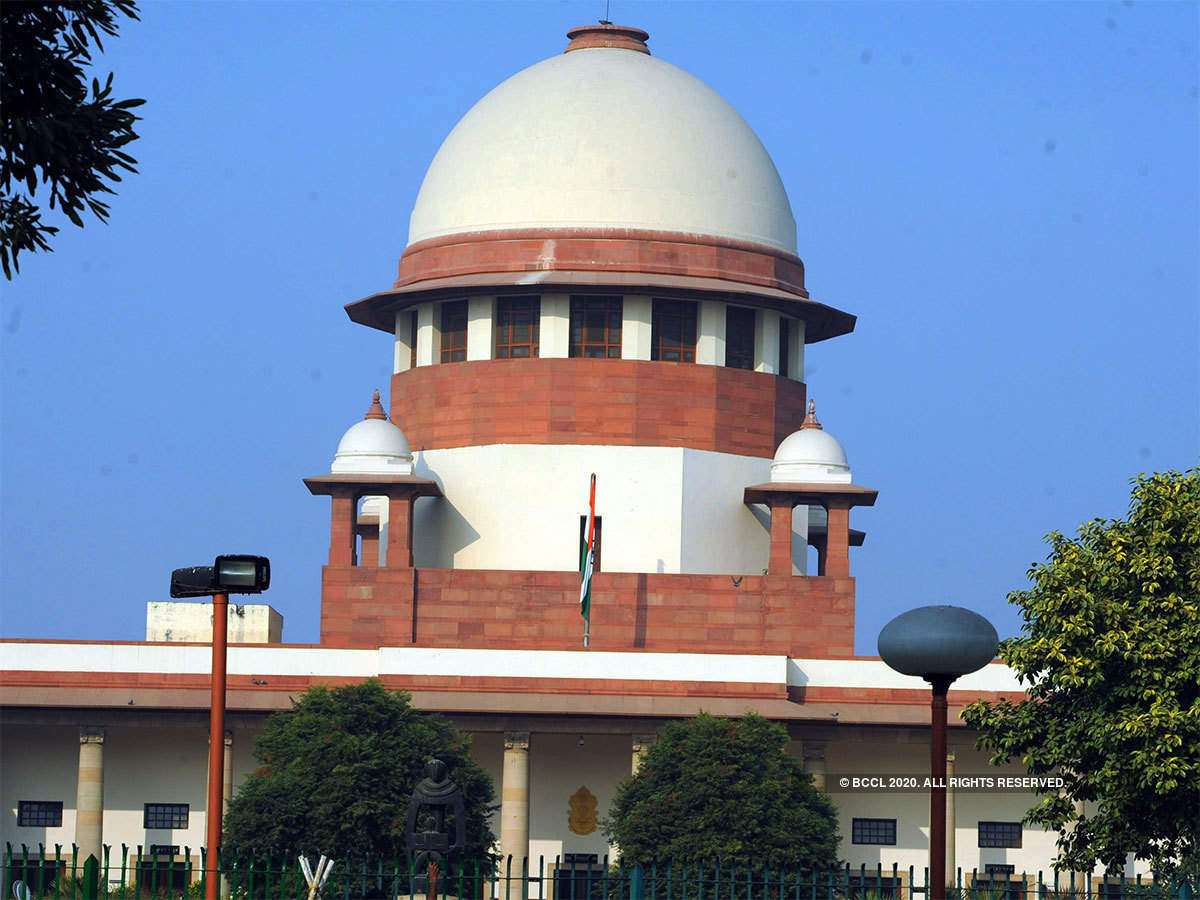
COVID hits judiciary, number of pending cases soars across courts
The National Judicial Data Grid (NJDG), a government platform monitoring judicial data, has said pendency of cases across the judiciary levels has gone up a year after the onset of the COVID pandemic. The data says the case pile-up in district courts rose 18.2 per cent between December 31, 2019, and December 31, 2020.

The National Judicial Data Grid (NJDG), a government platform monitoring judicial data, has said pendency of cases across the judiciary levels has gone up a year after the onset of the COVID pandemic.
The data came even as a Supreme Court bench headed by CJI SA Bobde observed on Thursday that pendency of cases “has gone out of control”, saying it will issue guidelines for appointment of temporary judges to help address the backlog.
The data says the case pile-up in district courts rose 18.2 per cent between December 31, 2019, and December 31, 2020.
Also read: Only 31 acid attack cases disposed in 2018; 93% pendency at courts
In the 25 high courts, the pendency of cases in 2019-2020 increased 20.4 per cent. In the previous year, in 2018-2019, it had increased only 5.29 per cent.
In the Supreme Court, the pendency rose 10.35 per cent — from 60,469 cases on March 1, 2020, to 66,727 on March 1, 2021. The increase is the highest at least since 2013 when the Supreme Court began making monthly pendency data publicly available. In absolute terms, a backlog of 66,727 cases is the highest that the top court has ever had.
The backlog has gone up when the court functioned in the virtual mode, and judicial hours were raised. A press statement issued by the Supreme Court on January 28 said the court functioned more than usual during the pandemic.
“Beyond the usual minimum required 190 days court sittings in a calendar year, the Court was functional for 231 days, including 13 vacation sittings in the year 2020”.
The Law Ministry said in the Lok Sabha in February that the SC has had nearly 32,000 hearings during the lockdown period.
Pendency of cases across courts in India has increased in the last decade. As of April 2018, there were over three crore cases pending across the Supreme Court, the high courts, and the subordinate courts, including district courts.
The pendency touched almost 4 crore figure last year, according to the Ministry of Law and Justice statement in Parliament. Among HCs, the Allahabad High Court registered the highest number of pending cases at 7.46 lakh, followed by the High Court of Punjab & Haryana and Madras High Court. The High Court of Sikkim, on the other hand, had only 240 cases, the lowest in the country. Other northeastern states such as Meghalaya, Tripura and Manipur, too, have pending cases below the 5,000-mark.
Also read: Ex-CJI Ranjan Gogoi criticises judicial system, AG says ‘good for institution’
As far as the vacancies for judges is concerned, the Supreme Court has a sanctioned strength of 34 judges, with five vacancies at present.
In February, the government informed the Lok Sabha that as of February 1, there were more than 400 judicial vacancies in high courts.

